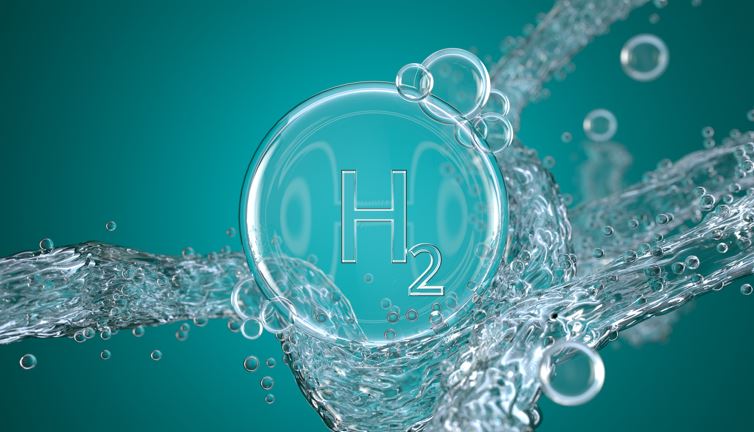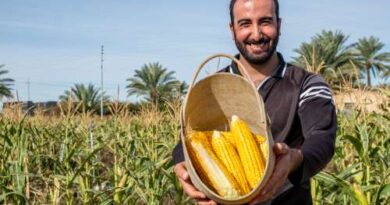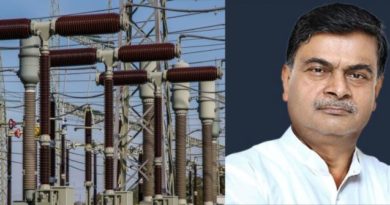Statkraft, Deendayal Port Partner to Produce Green Hydrogen at Kandla Port
 AVAADA Group Joins Hands with Tata Steel SEZ for Green Ammonia Plant in Odisha
AVAADA Group Joins Hands with Tata Steel SEZ for Green Ammonia Plant in Odisha
Global renewable energy conglomerate Statkraft has partnered with the Deendayal Port Authority (DPA) to investigate opportunities for green hydrogen production at Kandla Port in Gujarat. This collaboration is based on a non-binding Memorandum of Understanding (MoU) between the two organizations.
Recognizing India’s potential to take a leading role in the shift towards a hydrogen-based economy, Statkraft aims to identify and evaluate suitable locations for the development of green hydrogen. Statkraft is doing this in cooperation with the DPA. The MoU was executed during the Global Maritime India Summit, which took place in Mumbai on October 17, 2023.
According to the company, through the establishment of a forthcoming green hydrogen hub at the Deendayal Port, this partnership represents a significant stride in addressing India’s burgeoning hydrogen requirements. Presently, India consumes approximately seven million tonnes of grey hydrogen each year, ranking it as the world’s second-largest hydrogen consumer. However, with India’s commitment to achieving net-zero emissions by 2070, the demand for green hydrogen is poised to surge in the coming decades.
Green hydrogen, derived from renewable energy sources, provides an environmentally sustainable substitute for gray hydrogen produced from fossil fuels. Its applications extend across various industries, including steel, cement, and refineries, which make substantial contributions to global greenhouse gas emissions.
The Green Hydrogen Policy, released by the Ministry of New and Renewable Energy (MNRE), envisions the generation of 10 million tons of green hydrogen by 2030. Half of this output will serve as a fossil fuel substitute in both transportation and challenging-to-decarbonize industrial sectors, while the remaining 5 million tons will be designated for international exports.
The Green Hydrogen Policy, released by the MNRE ministry, envisions the generation of 10 million tons of green hydrogen by 2030. Half of this output will serve as a fossil fuel substitute in both transportation and challenging-to-decarbonize industrial sectors, while the remaining 5 million tons will be designated for international exports.
To support green hydrogen production, financial incentives totaling Rs 13,050 crores have been allocated, along with an additional Rs 4,440 crores for electrolyzer manufacturing. The incentives for green hydrogen production will initiate at Rs 50 per kilogram in the first year, followed by a reduction to Rs 40 in the second year and finally to Rs 30 in the third year.
The race to embrace green hydrogen has commenced, with several private companies like Reliance, Adani, ReNew Power, and L&T vying for a share of this burgeoning sector. Reliance, for instance, has set an ambitious goal to produce green hydrogen at a cost of $1 per kilogram by 2030.




